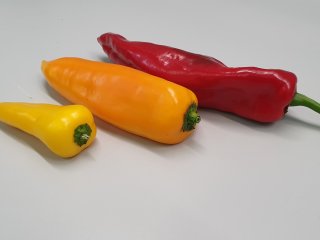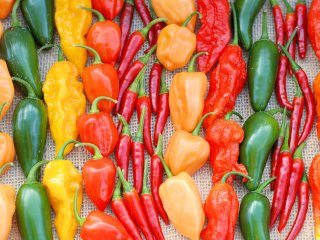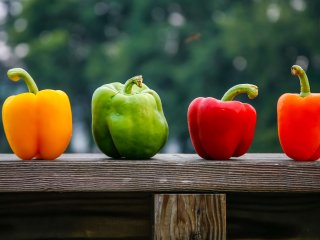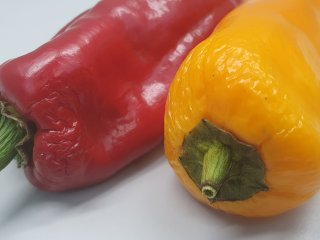
Pepper quality
Quality of peppers is defined by several quality attributes. The most important are appearance, colour, texture and flavour. Appearance and colour are examples of quality attributes judged on the outside, whereas texture and flavour are internal quality parameters. The quality attributes are influenced by variety, pre-harvest factors, harvest practices and postharvest handling. Determination of fruit quality provides an important indication of the remaining storage potential and shelf-life.

Optimal quality of peppers
Important quality characteristics of peppers are smooth and shiny skin, crispy texture, shape and uniform colour as well as a nicely cut stem. These characteristics depend on the variety, the season and the growing conditions. The basis for good pepper quality lies in the right harvest maturity. The colour of the peppers at harvest must be such that they can reach the final consumer fully ripe. In the meantime, diseases and disorders should be prevented as much as possible. For all varieties, the minimum requirements for good quality are: intact, healthy, clean, fresh in appearance, firm, practically free of pests, free from damage caused by pests affecting the flesh and free from foreign smell and / or taste.




